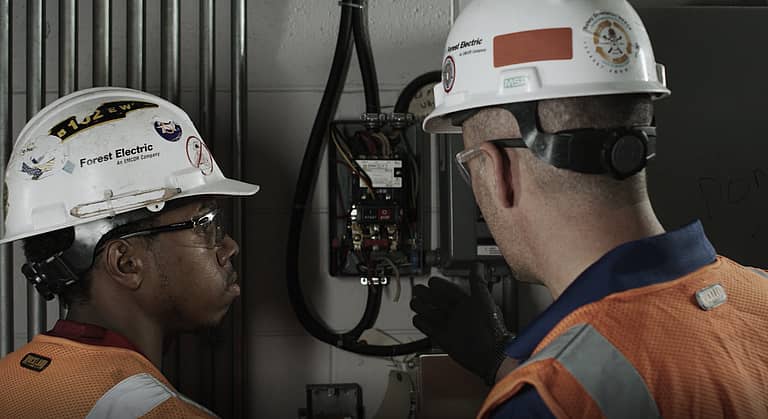
Safe work practices are vital to everyone in your business. We’ve collected the best guides and resources to ensure electrical safety.
The greatest value of any business or any industry – are the people. You depend on your people, a workforce that is made up of individuals that have families and friends. Our mission is to keep people safe, your employees safe. While power makes enterprise possible, it can be deadly. You can’t see it, smell it, or taste it, making electricity a leading cause of workplace injuries and fatalities. Keep your people safe, through ESFI’s state of the art programs that provide innovative electrical training solutions. Partner with ESFI because safety is smart, prevention is power.

While qualified electrical line workers and electricians are often willing to go above and beyond the call, some jobs require…
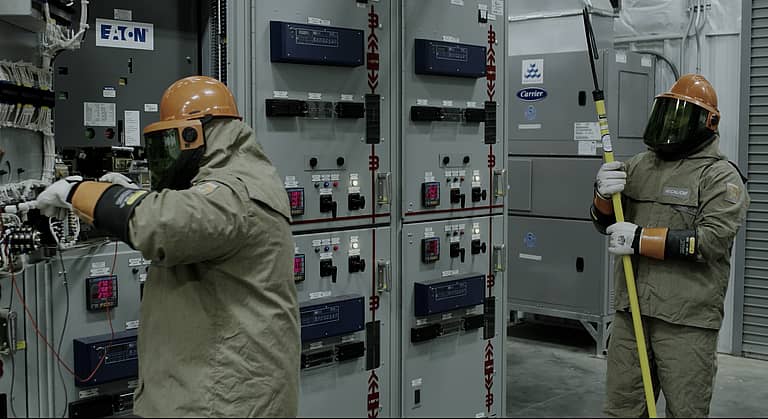
Electricity is vital to every building, whether residential, industrial, or commercial. It’s what helps run our businesses and our society…
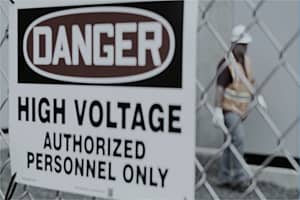
The greatest value of any business or any industry is the people. You depend on your people, a workforce that…
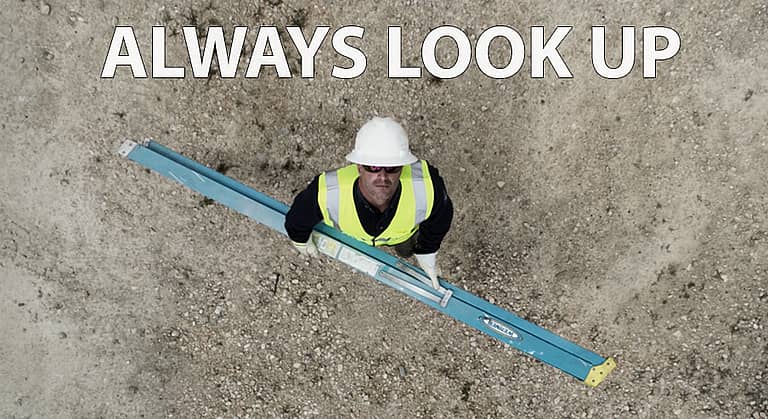
A dump truck driver was transporting dirt. The driver raised the bed less than half a foot away from a…

A dump truck driver was transporting dirt. The driver raised the bed less than half a foot away from a…

Un conductor de un camión estaba transportando tierra con un remolque de descarga. El conductor levantó el remolque a menos…

Un conductor de un camión estaba transportando tierra con un remolque de descarga. El conductor levantó el remolque a menos…
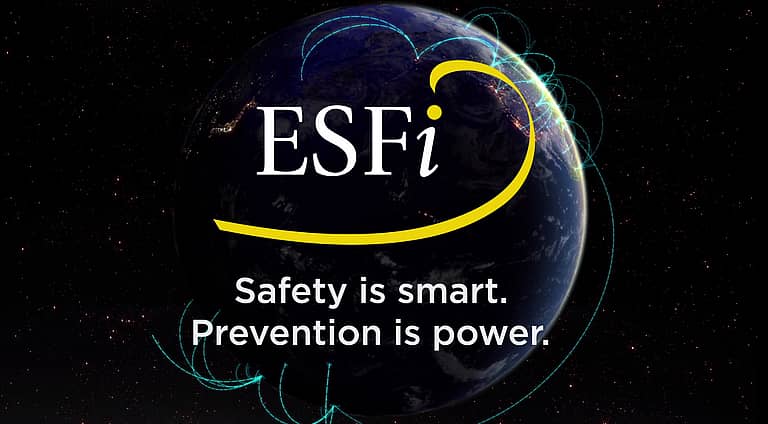
We know you have a lot to think about. With hundreds or even thousands of employees in the United States…
Increasing awareness of electrical safety hazards and understanding the importance of following a comprehensive electrical safety program are the critical first steps for improving the electrical safety of your workplace. The How Do You Know? video modules demonstrate how safe electrical practices are vital to everyone in your business.
You can use these short video modules to help you communicate the importance of electrical safety to your managers and employees.
Chapters:
An arc flash is a sudden release of electrical energy through the air when a high-voltage gap exists and there is a breakdown between conductors.
An arc flash gives off thermal radiation (heat) and bright, intense light that can cause burns and other injuries. Temperatures have been recorded as high as 35,000 degrees Fahrenheit. Exposure to these extreme temperatures burns the skin directly and ignites the clothing that you are wearing.
High-voltage arcs can also produce considerable pressure waves by rapidly heating the air and creating a blast. This pressure burst, or arc blast, can hit a worker with grenade-like force and send metal droplets from melted copper and aluminum electrical components shooting out at speeds up to 700 miles per hour. Fast enough for the tiny shrapnel to penetrate your body.
An arc flash can be spontaneous, or can result from inadvertently bridging electrical contacts with a conducting object. Other causes may include dropped tools, the buildup of conductive dust, or corrosion.
While great advances are being made to improve equipment design and thereby reduce the number of arc flash incidences, there is still much to be done. Each year, 2,000 workers are admitted to burn centers for treatment of severe arc flash burns.
ESFI and National Institute for Occupational Safety and Health Office of Mine Safety and Health (NIOSH) have joined together to promote NIOSH’s video, Arc Flash Awareness and the companion booklet, Information and Discussion Topics for Electrical Workers. The 25-minute video contains information on what is an arc flash, causes of an arc flash and electrical safety regulations. It also provides important safety recommendations: NFPA 70E.
De-energize – Be Proactive About Your Safety Power down whenever possible. Working on energized equipment greatly increases your risk of injury and death. The number one way to prevent electrical injuries and fatalities is to deenergize the equipment being worked on. It may take a little more time and planning, but your life and your health are worth it. Be proactive about de-energizing equipment and taking steps to ensure that your work environment remains safe.
Each day, nearly 3 million professionals participate in work activities where lockout/tagout procedures should be used. Unfortunately, too many workers still put themselves unnecessarily at risk by working energized or neglecting to follow their company’s lockout/tagout procedures. Failure to comply with the lockout/tagout standard is listed as one of the top OSHA violations year after year.
Lockout/tagout procedures safeguard workers from the unexpected energization, or startup, of machinery and equipment. They can also prevent the release of hazardous energy during service or maintenance activities.
Always deenergizing and following established lockout/tagout procedures saves lives. Compliance with OSHA’s lockout/tagout procedure prevents an estimated 120 fatalities and 50,000 injuries each year.
Workers injured on the job from exposure to hazardous energy lose an average of 24 days of work to recuperation.
Personal Protective Equipment is Your Last Line of Defense
Workers often find themselves in environments where they are exposed to unseen electrical hazards. In the event of a momentary electric arc, flash fire or exposure to energized equipment, a worker can find himself completely unprotected against forces that cause severe or fatal injuries. Everyday work clothes can ignite and will continue to burn even after the source of ignition has been removed. Normal clothes will continue to burn until the fabric is totally consumed causing severe contact burns to the skin.
Personal Protective Equipment (PPE) is your last line of defense and will be the major factor in differentiating between an electrical event you walk away from and one that requires months of painful healing. PPE comes in many different forms, including: hard hats, gloves, goggles, safety shoes, flame-resistant shirts and pants, safety glasses, face shields, fall protection equipment, etc.
Be sure to choose the PPE that is right for you and your circumstances. PPE should be:
Every year, workers are injured or killed by circuits they thought were safely turned off. Simply shutting off the power is not enough. Hazardous conditions can still exist. Make sure to always test before you touch. You may not get a second chance to learn this important lesson. Most electrically-related fatalities and injuries could easily be avoided. Responsibility for your safety begins with you. Take steps to protect yourself everyday and make safety an integral part of how you do business.